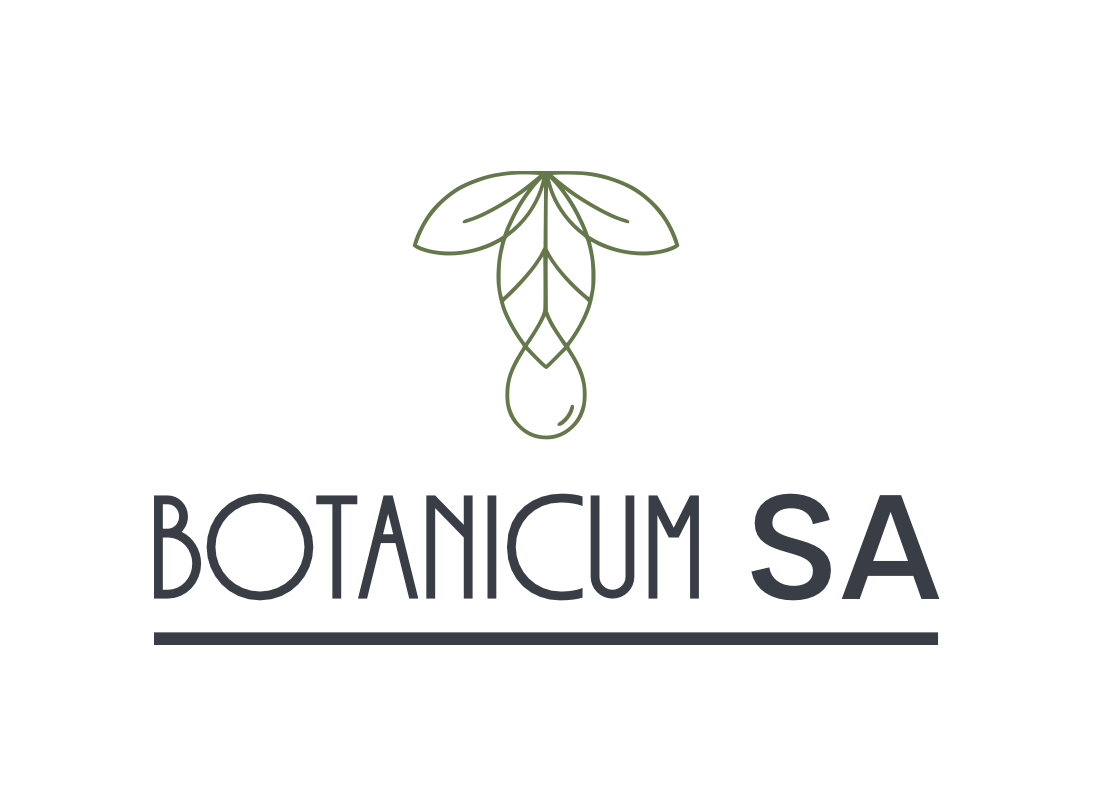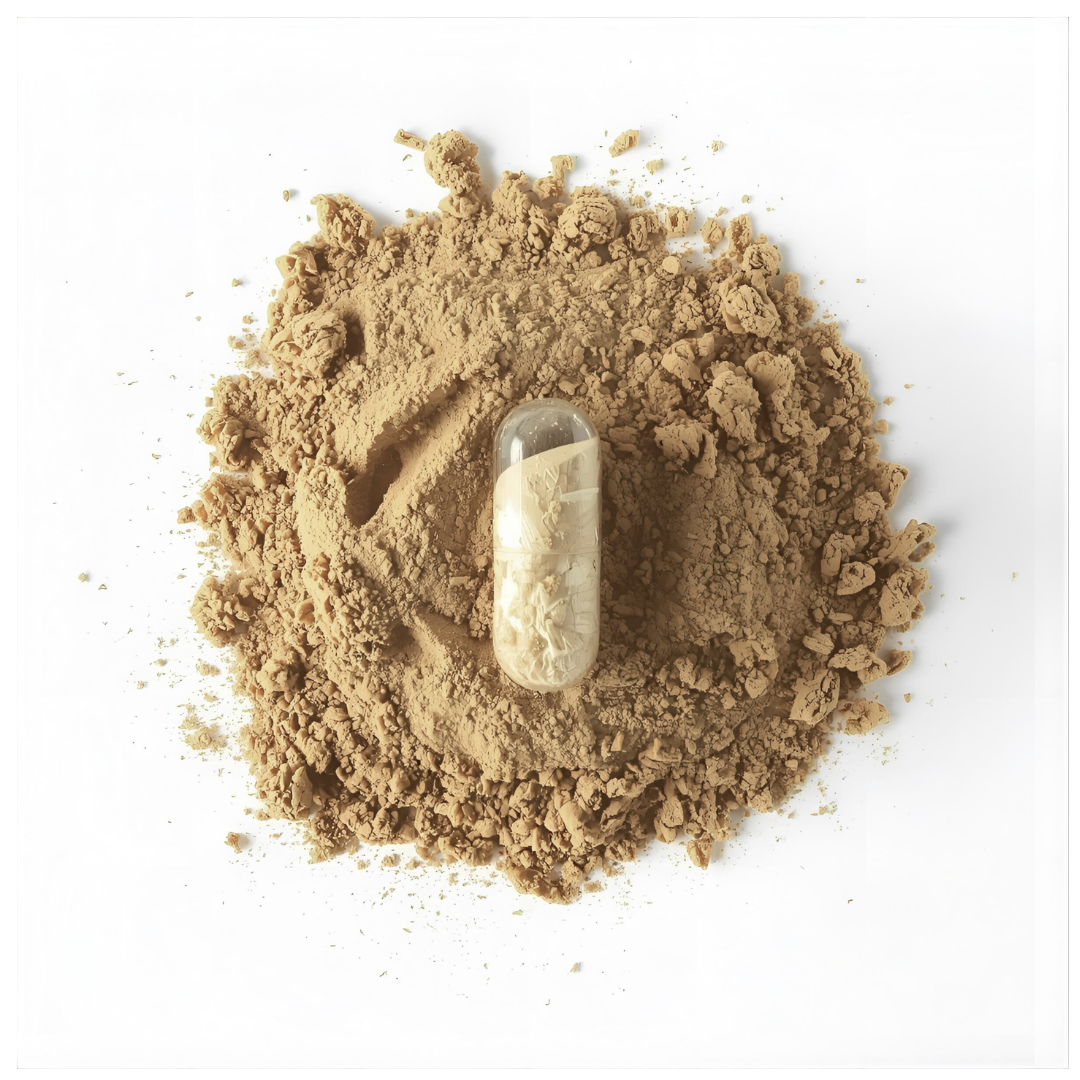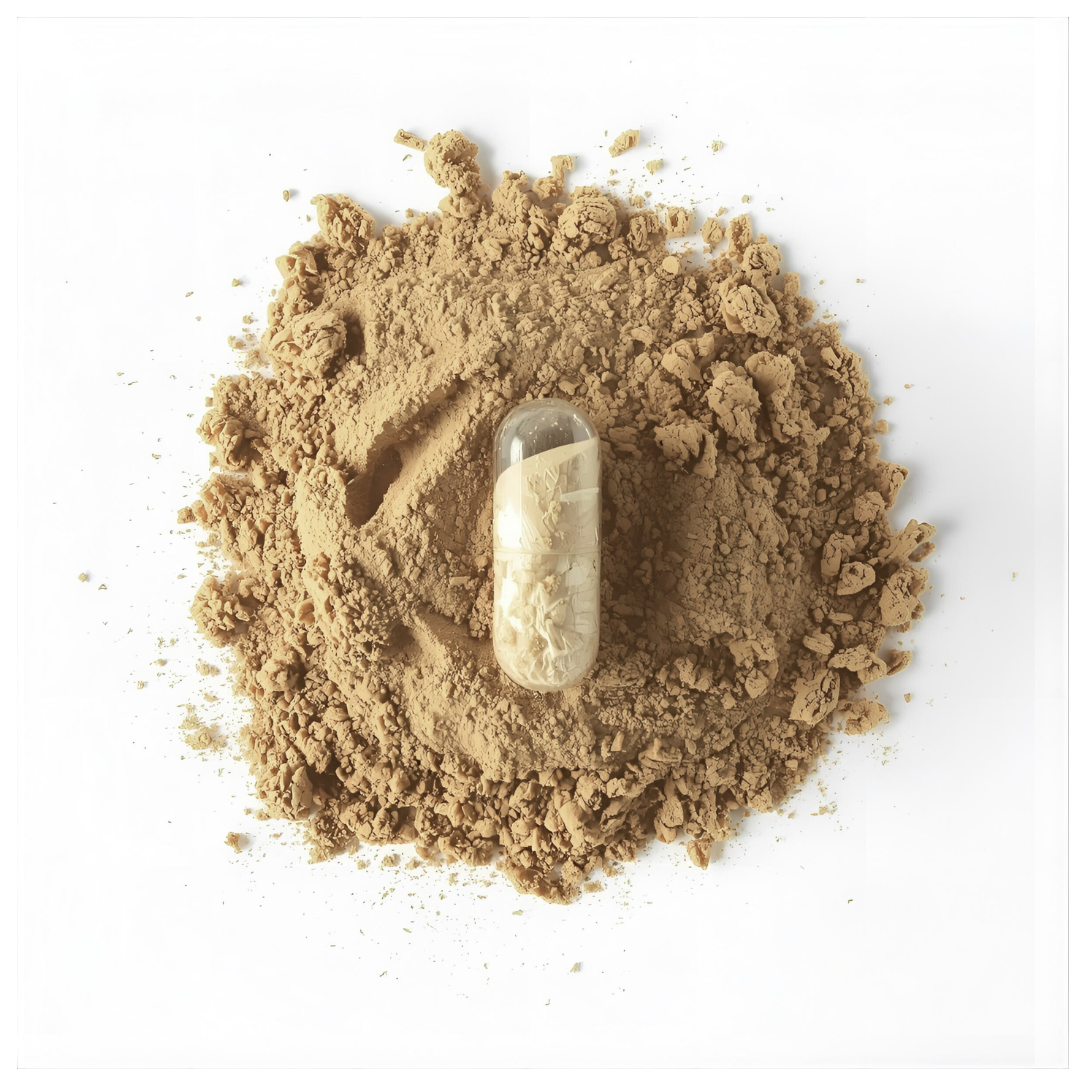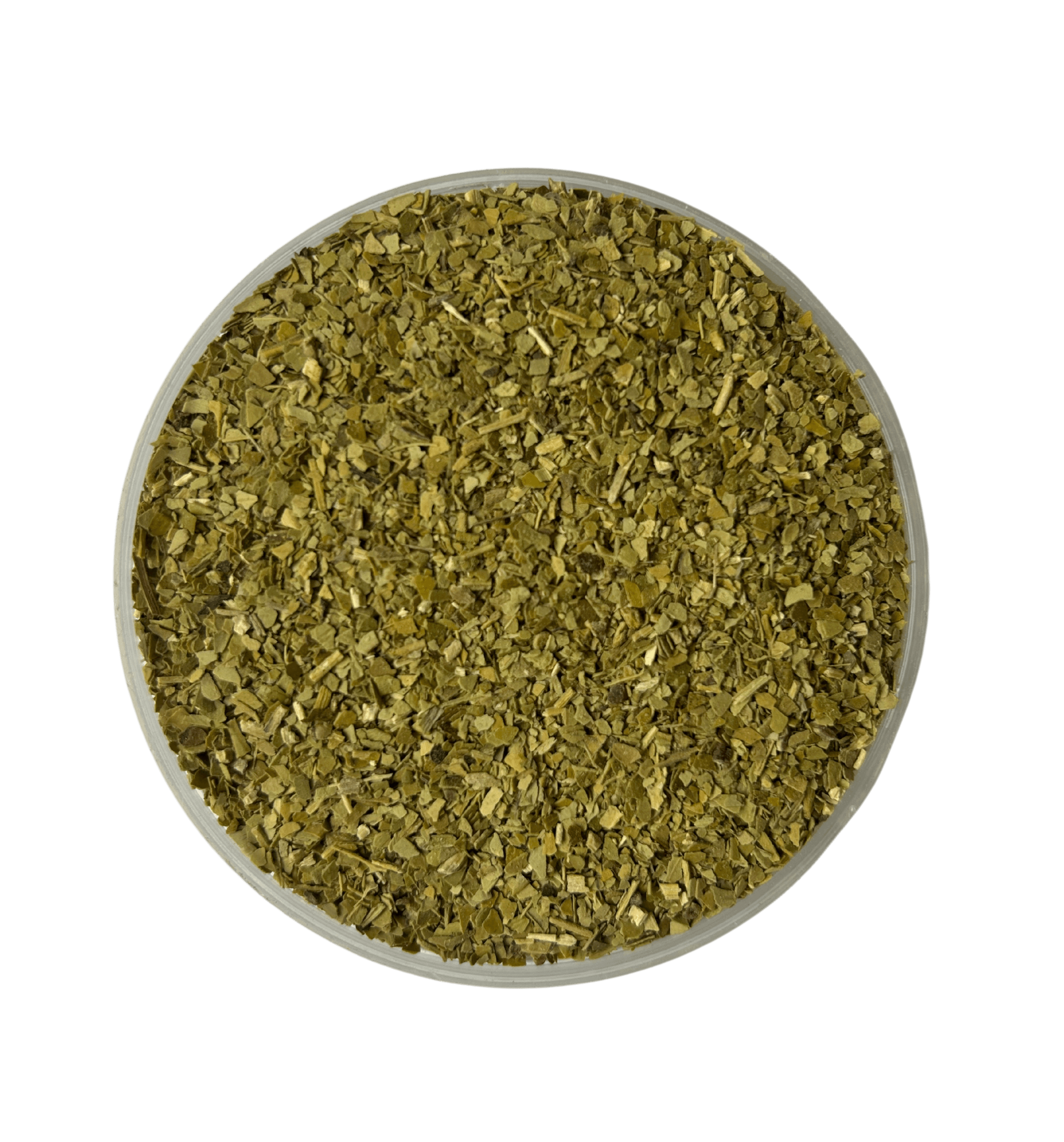Medicinal Mushrooms and β-Glucans: Structure, History, and Effects
By Guess Contributor: Elena Nevines
Medicinal mushrooms are recognized as a powerhouse of health-promoting compounds. Among these are triterpenoids, phenolics, vitamins (A, E, C), antioxidants, and amino acids. However, mushroom polysaccharides—especially β -glucans—have recently drawn significant attention due to their promising potential in treating modern diseases, including even COVID-19.
β-Glucans: Properties and Effects
β-glucans are non-toxic bioactive compounds, with their effects largely falling into two categories: metabolic/gastrointestinal or immune-modulatory. The source of β-glucans determines their primary effects. Cereal-derived β-glucans often target metabolic health, modulating the gut microbiome, reducing cholesterol, and lowering cardiovascular and diabetes risks. Non-cereal, i.e. fungal, yeast and bacterial, β-glucans are associated with immune-modulatory and anti-tumour effects, wound healing, and alleviation of immune-related conditions. Their notable physiological effects qualify them as biological response modifiers, falling in the category of immunopotentiators. In other words, they positively regulate the immune system.
History of β-Glucans
The therapeutic use of β-glucans from mushrooms dates back centuries, with two parallel pathways of discovery in Western and Asian medicine. In the West, Pilliner and coworkers first identified β-glucans in 1954 during research on the immune system using zymosan—a yeast cell wall mixture rich in β-glucans. Riggi and Dilugio later pinpointed the active polysaccharide and its β-1,3- linkage as being crucial for activity.
Independently, the Japanese scientist Chikara isolated β-glucans from the mushroom shiitake (Lentinus edodes) in 1969 and demonstrated it to have an ability to inhibit sarcoma in mice. In Asian medicine, consumption of different medicinal mushrooms (e.g.,shiitake, maitake, reishi, etc.) has a long tradition. In detailed studies of the biological effects of these mushrooms, especially the anticancer actions, β-glucans were found to be a main cause of non-specific immunomodulation. To date, β-glucans isolated from Lentinus edodes and Trametes versicolour ((Turkey Tail) named Lentinan and Polysaccharide K respectively are two licensed drugs in Japan. Grifola frondosa (maitake) polysaccharide-based drug was developed in China and approved as an adjunctive therapeutic drug for cancer treatment by the State Food and Drug Administration in 2010. Since then, research on β-glucans has expanded with clinical trials investigating their effects on inflammatory disorders, metabolic diseases, obesity, and cancer. More recently, β-glucans have been studied as nutritional supplements to support vaccination.
Structure of β-Glucans
β-glucans are classified by source—cereal or non-cereal—because their structure and branching patterns differ accordingly. All β-glucans are polysaccharides containing only one type of sugar, glucose, where the units are linked via 1 and 3 positions of the molecule. Glucans may be unbranched or branched at the 1,4- or 1,6- positions. The former are characteristic of cereals, while the latter are commonly found in fungi and yeast. These structural differences determine their biological activity.

Apart from branching, β-glucans from the same species source may have variances in the polymer chain length, degrees of branching and 3D conformational structure. Three-dimensional conformational structure can be a random coil, single helix or triple helix.
It has been shown that mushroom β-glucans possessing anti-tumour properties have a triple helix conformation, similar to that of collagen. If the helix is destroyed or removed, the anti-tumour activity decreases. Other studies demonstrated that molecular weight and chain conformation also affect anti-tumour activity. The ability of β-glucans to interact and modulate immunity is correlated with the polymer length, degree of branching and tertiary structure. Larger β-glucans have been shown to activate phagocytosis as well as promote antimicrobial activities, while medium to smaller-sized β-glucans have been found to mediate inflammation.
Mechanism of action of β-Glucans
Interaction of glucans with various parts of the digestive and immune systems have been extensively studied. However, the present knowledge of glucans’ mechanism of action within the body is still considered incomplete despite the large volume of research conducted in this area over the past decades.
Molecules of β-1,3-glucan are relatively resistant to the acid in the stomach. Following ingestion, glucans slowly pass into the small intestine and are entrapped by macrophage receptors present in the intestinal wall. These receptors are produced by bone marrow and occur on the macrophage membranes. As soon as a glucan molecule meets a group of glucan receptors, the macrophage is activated and produces various bactericidal compounds. Thereafter, the cells begin to produce several cytokines, which activate surrounding phagocytes and leukocytes that are responsible for inducing specific immunity. β-1,3/1,6-Glucans exert most of their biological effects by binding to specific receptors on macrophages, neutrophils, monocytes, dendritic cells, and natural killer (NK) cells. Thus, glucans induce not only a local activation of cells but also a systemic response.
As an example, Grifolan isolated from Maitake mushrooms is one of the most effective β -glucans. This compound shows a marked effect promoting the activities of macrophages, resulting in noticeable increase in interleukin IL-1 and synthesis of N-oxides, which are compounds involved in immune signalling. It also demonstrated an ability to promote the formation of Th1 helper lymphocytes responsible for immunity against intracellular parasites to the detriment of Th2 effectors, which are linked with development allergic and auto-immune responses.
β-Glucans for animal health
The health effect of β-glucans is not only limited to humans. With the shift away from indiscriminate use of antibiotics in farm animals, poultry and fish, there have been various studies where oral administration of β-glucans was proven to result in improved level of protection against bacteria via increasing their immune status. Similarly, some investigations have been conducted into evaluating the effects of adding β-glucans to commercial dog and cat food with the view to resolve certain chronic conditions or at least to improve their health status. The consumption of β -1,3/1,6-glucans was scientifically proven to diminish the clinical signs in dogs with atopic dermatitis.
References
1. Łysakowska, P., Sobota, A. & Wirkijowska, A. (2023) Medicinal Mushrooms: Their Bioactive Components, Nutritional Value and Application in Functional Food Production—A Review. Molecules, Vol 28, 5393. DOI:10.3390/molecules28145393.
2. Mirończuk-Chodakowska, I., Kujawowicz, K. & Witkowska, A.M. (2021) Beta-Glucans from Fungi: Biological and Health-Promoting Potential in the COVID-19 Pandemic Era. Nutrients, Vol 13, 3960. DOI:10.3390/nu13113960.
3. Murphy, E.J., Rezoagli, E., Major, I., Rowan, N. & Laffey, J.G. (2021) β- Glucans. Encyclopedia, Vol 1, 831–847. DOI:10.3390/encyclopedia1030064.
4. Novak, M. & Vetvicka, V. (2008) β-Glucans, History, and the Present: Immunomodulatory Aspects and Mechanisms of Action, Journal of Immunotoxicology, Vol 5(1), 47-57. DOI:10.1080/15476910802019045.
5. Rop, O., Mlcek, J. & Jurikova, T. (2009) Beta-glucans in higher fungi and their health effects, Nutrition Reviews, Vol. 67(11), 624–631. DOI:10.1111/j.1753-4887.2009.00230.x.





Leave a comment
This site is protected by hCaptcha and the hCaptcha Privacy Policy and Terms of Service apply.